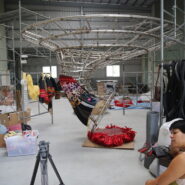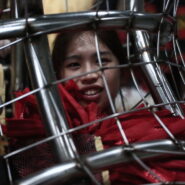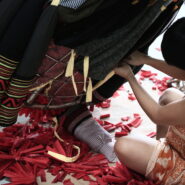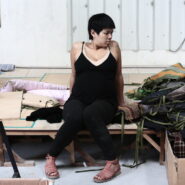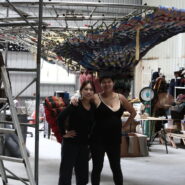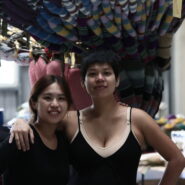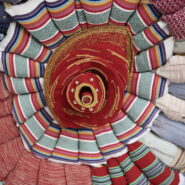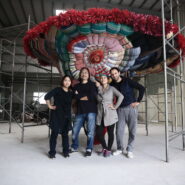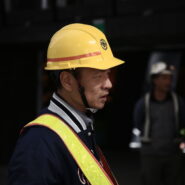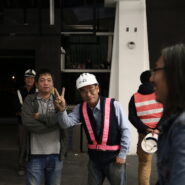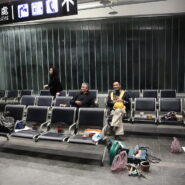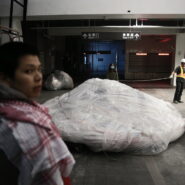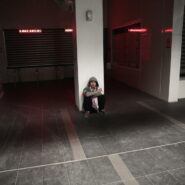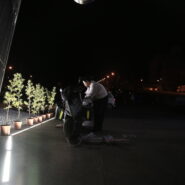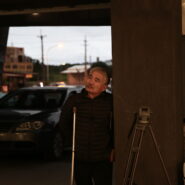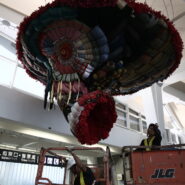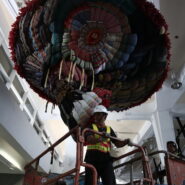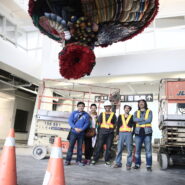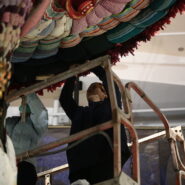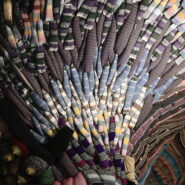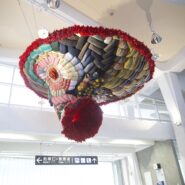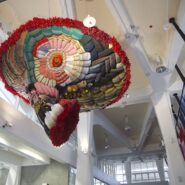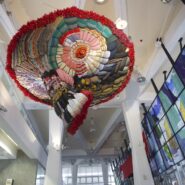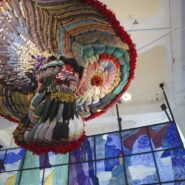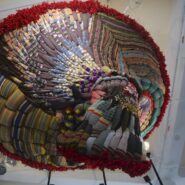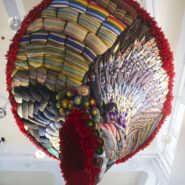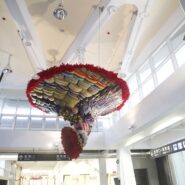Eluz Tminun
Directed by Tommaso Muzzi
Written and produced by Labay (林介文)
Dopo 3 anni di lavoro, meticolosamente, pazientemente raccolta di piccoli stracci e preziose tele tessute a mano ecco che Eluz Tminun, la via della tessitrice prende forma. Ricordi e immagini e sotto gli occhi, semplice vita, alla fine uniformi in qualcosa di completo e vivente, passaggio obbligato per tutti quelli che d’ora in poi, arrivando alla stazione di Taruku vorranno visitare quello che ora è parco nazionale, ma che è e sarà sempre “la casa antica” di quel popolo, la gente di Lin Gieh Wen – Labay – i Seddiq Truku.
Hanno collaborato alla sua realizzazione più di 30 donne indigene formosiane, che seguendo le tecniche tramandate, usando le mani, hanno reso possibile tutto questo. Mi astengo da giudizi personali in merito, non sarei obbiettivo, sarei troppo emotivo, ma una cosa mi sento di dirla: il riscatto dei popoli indigeni, stuprati ed insultati da una civilizzazione barbara e arrogante, passa solo attraverso l’amore. La lotta continua.
After 3 years of work, meticulously, patiently collecting small rags and precious hand-woven fabrics, Eluz Tminun, the way of weaver takes shape. Memories and images, and under the eyes, simple life, the uniform order in something complete and alive, a necessary step for all those who from now, arriving at the Taruku station, will want visit what is now a national park, but for us will always be “the old house”of Seddiq Truku, the people of Lin Wen Gieh – Labay -.
Have collaborated in this art piace more than 30 indigenous women, that following the techniques passed down, using hands, have made this possible. I refrain from personal judgments about, I would not be objective, I would be too emotional, but one thing I would say: the redemption of the indigenous people, raped and insulted by an arrogant and barbaric “civilization”, passes only through love. The struggle continues.
織路(Eluz Tminun)
織路是以太魯閣族人被日人強迫遷移的歷始作為發想的一件大型軟雕塑作品。遷移改變了族人的命運卻讓織布文化發展出不同以往的面貌。織路集結台灣33位織女手工編織織布與藝術家合作完成,除了織布藝術家大量運用向民眾募集來的二手衣物,將其解構後再與織布結合重組。作品雙向開口的造型象徵生命從一個空間進入另一個空間的狀態,如同太魯個族人的命運轉化,即使遇到再艱難的困境還是會有出口。
